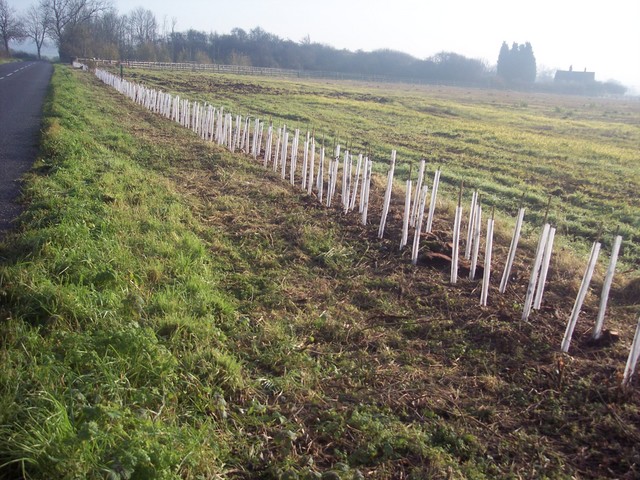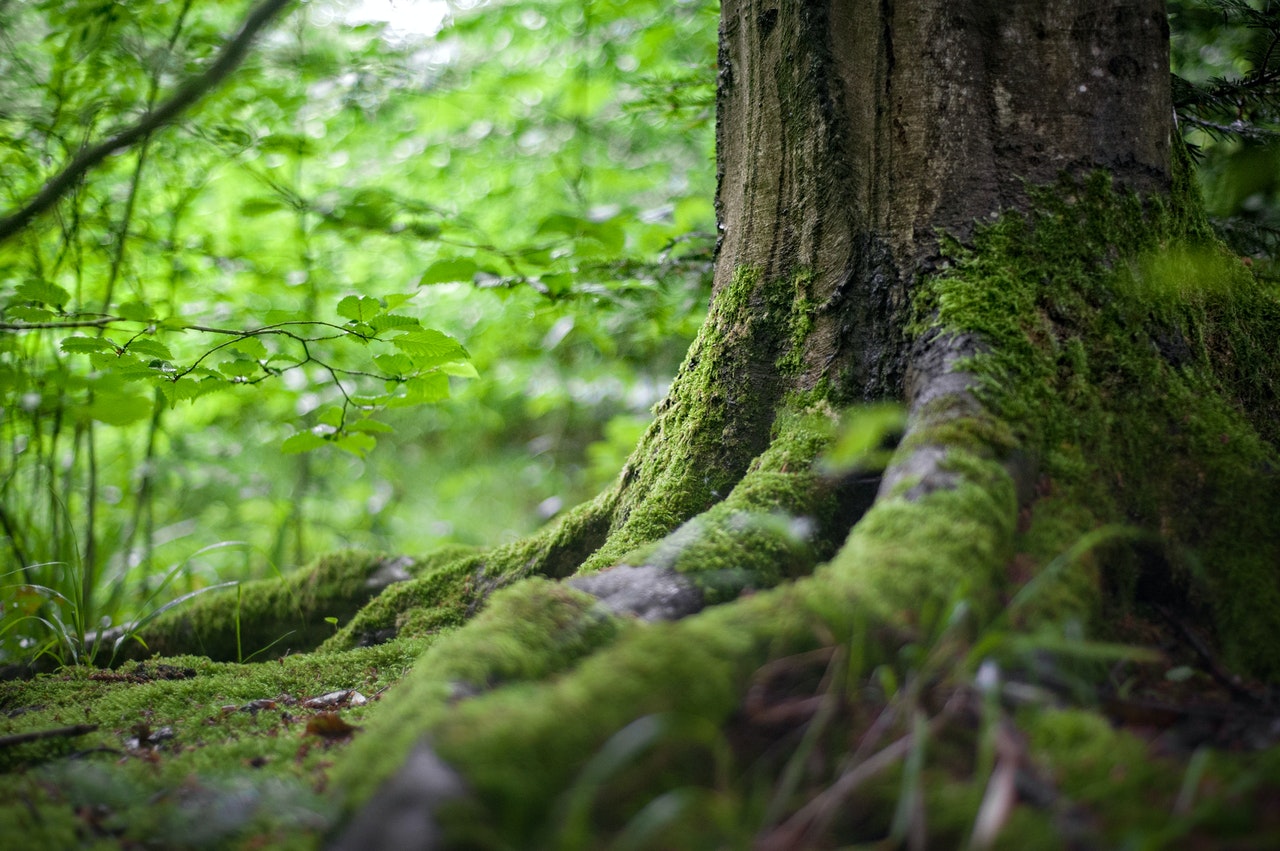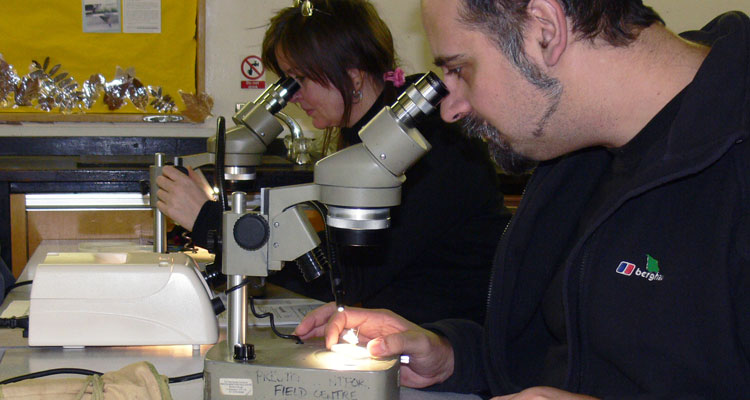How to plant a hedge
- Complaining about the Mainland - 17th August, 2024
- New island designation – is it just greenwash? - 26th April, 2024
- Police and Crime Commissioners – a solution or a problem? - 21st April, 2024
The Ranger received an enquiry today about planting a hedge:
Hi, our neighbour has just ripped up our old hedge. The birds loved the old hedge and we had several nests, alas no more. Could you suggest what hedging we could use to replant, bird haven being most important. Area to cover is about 40 feet, possibly with one or two small trees and a shrub or two. Our side of the fence is west facing. Many thanks.
The Ranger is feeling all fired up about hedges, after the Hedgelaying Competition recently. So he went off on one… and thought you might like to see his response too. The Ranger writes back: Sorry to hear about your hedge. But it’s a great chance to plant a new one. Assuming you are in England or Wales, and want native trees (best for wildlife), you have several choices. One of the best things to do is to go out to a hedge near you on similar soil and with similar aspect that is doing really well, and see what species of plant are growing there. Then try to get a similar mix of species. It’s a good way to be sure to get plants that will be successful in your area – I don’t know where you live, but here on the Isle of Wight the best plants for a hedge can vary from one village to another so this can be a useful exercise. However, there are some stalwarts that will do well pretty much anywhere. Hawthorn and blackthorn spring to mind – the majority of agricultural hedges in SE England are made predominantly of hawthorn, and it’s good for birds and insects, providing shelter and food. Blackthorn is a bit nastier to handle (very thorny), but does have wonderful blossom and those attractive sloes on it which make such lovely gin! In some parts of lowland England hazel is an important component of hedges, and a few hedges are made of nothing else. This attractive little tree is very important habitat for wildlife such as dormice and other small mammals; it’s also a treat to lay as it comes with its own stakes and heatherings already supplied.
So what mix to plant? A personal choice, but typically I’d choose about 60% hawthorn, 20% blackthorn, 10% hazel and then a scattering of other locally-appropriate species which will give some interest and diversity to the hedge. These could include field maple, guelder rose, broom, ash or even gorse on a sandy soil. As you want to include a couple of standard trees to grow up, maybe let one or two of the ash get away without trimming, or if you’re in a rush put a birch or two in there – they grow quickly but don’t really like hedges much and will probably not do very well in the long term. Of course, if the location is suitable you can always stick an oak in there and see how it does.
An important consideration is where to get the trees from. You might need to seek a local recommendation, perhaps from your local Wildlife Trust or ranger service. Specialist nurseries will deliver, and you may be lucky enough to have one near to you that stocks your local plants. If so this will definitely be the best place to go and will save you money on delivery too. Almost all garden centres will be next to useless. If you want exotic plants in pots at high prices, that’s the place to go. But for countryside hedging with native species you should expect to pay little more than a couple of pounds per tree for bare-rooted stock.
The right nursery will deliver them freshly-dug for planting. It’s a very useful tip, and can save you a fortune, but you do need to know how to deal with the trees when they arrive. You can get plenty of practical tips here, but the executive summary is simple: plant during the winter only; prepare the ground before the trees arrive (so you can get them in the holes quickly); don’t ever let the trees’ roots dry out by leaving them uncovered for more than a few minutes. And by a few minutes I literally mean more than two or three minutes. The longer they are exposed the less chance the trees have of surviving. You can keep the trees’ roots damp by keeping them in bags (they’ll probably be delivered in bags) or if you’re going to keep them for more than a couple of days then you might consider heleing them in – an old term for digging them into a shallow temporary trench before replanting later. Once the trees are planted, protect them from rabbits/deer/strimmers if needs be and mulch around them with plastic, old carpet or chippings. Keep this mulch on for a couple of seasons to minimise weeding and watering requirements. Hope this helps! Best of luck with your hedge planting project.




Great article, and love the fact you are promoting the local hedging solutions.
Can’t fault a word you said (except native hedge plants should not cost a couple of pounds each). There are also a couple of good online videos on how to plant a country hedge etc.
Other reason for commenting, is that your link to “a few national suppliers” is broken. If we are on on it, would you mind including Ashridge Trees in exchange for pointing this out??? And we do supply nationally.
Nice blog by the way.
Julian
The Ranger responds: oh go on then. Well spotted. Nice trees, by the way…
Hi, many thanks for all the information you have sent me regarding the replanting of our hedge. I am impressed with your enthusiasm. thankyou once again. Andrea